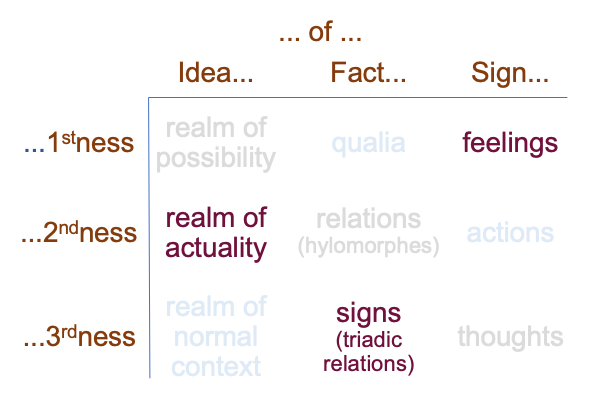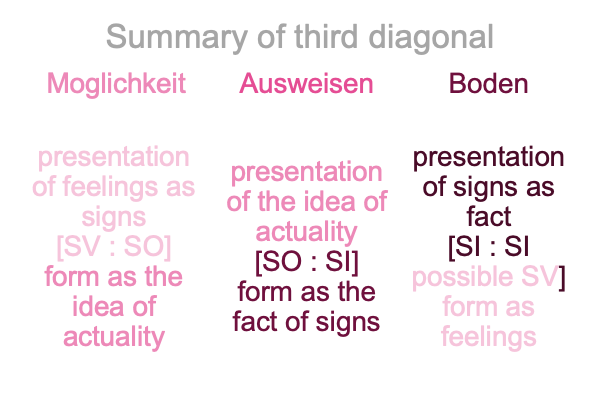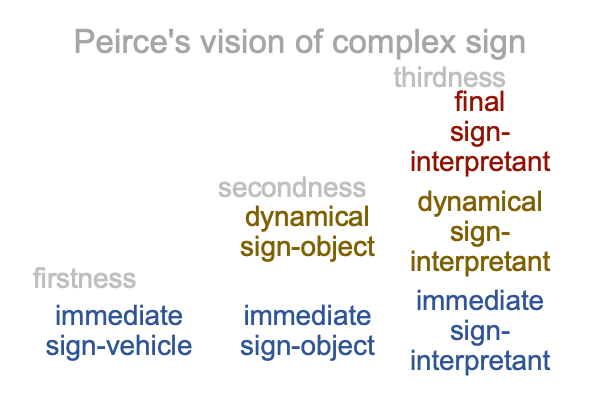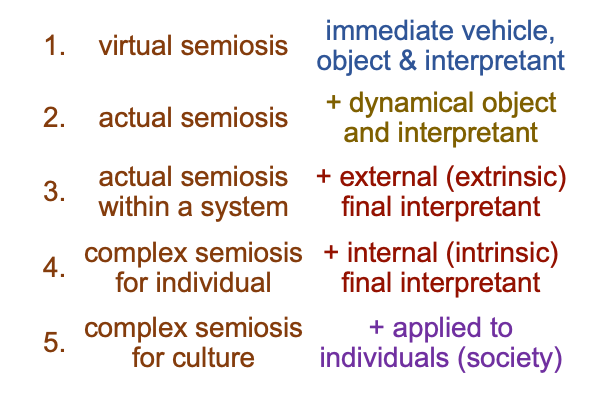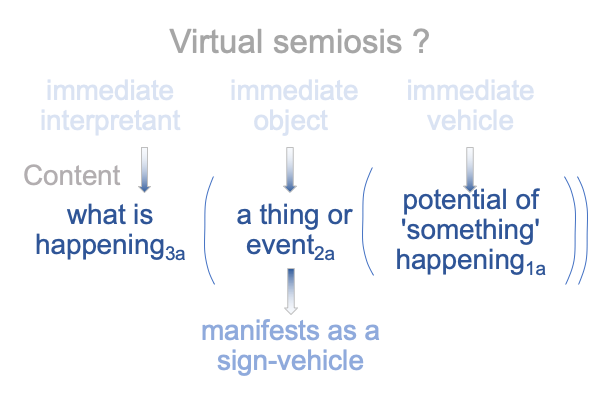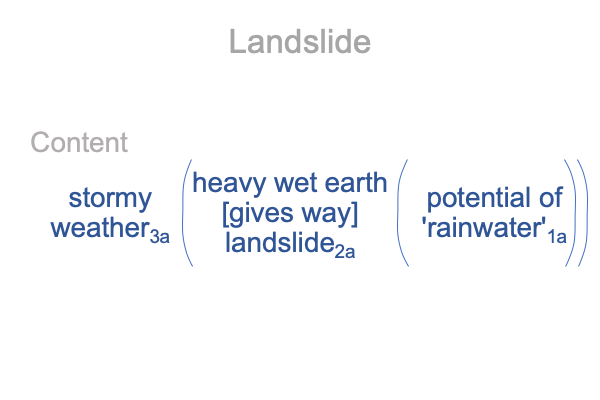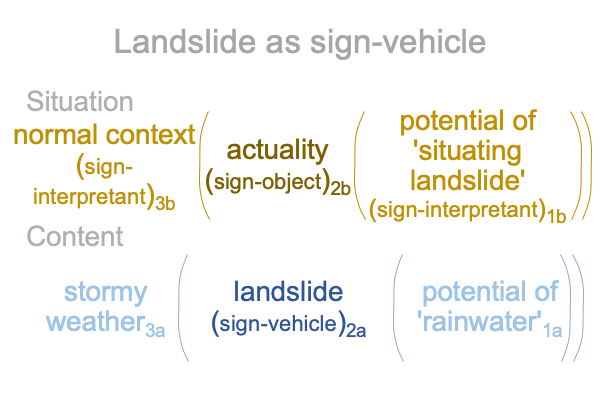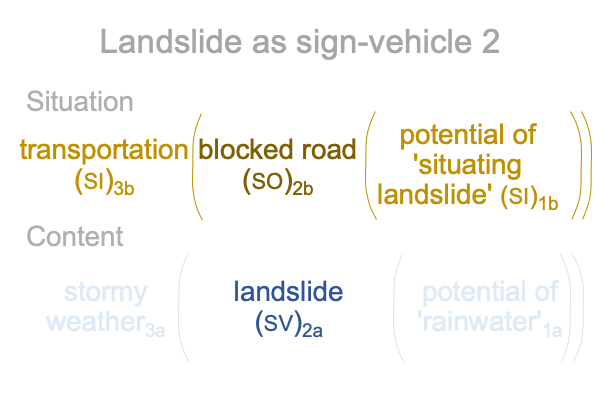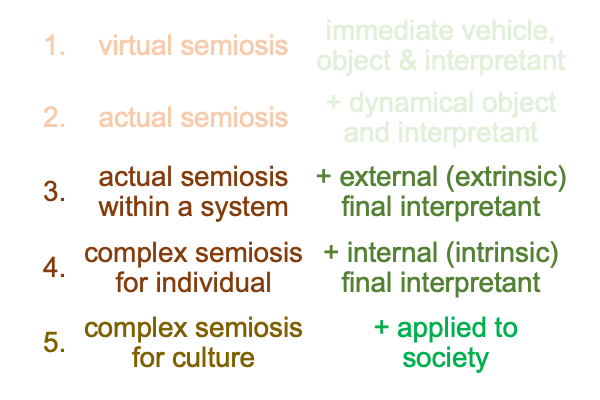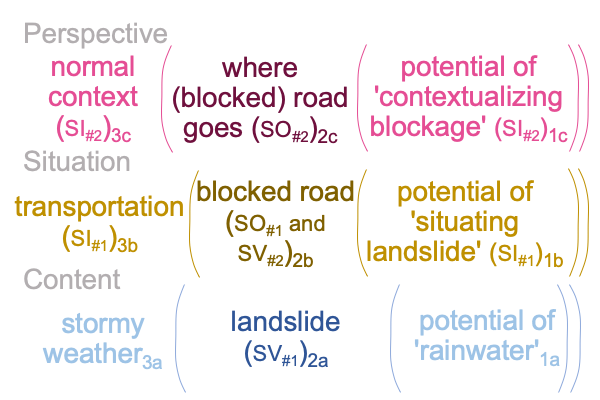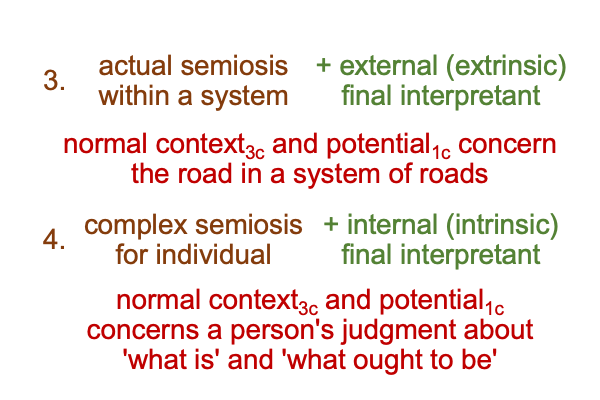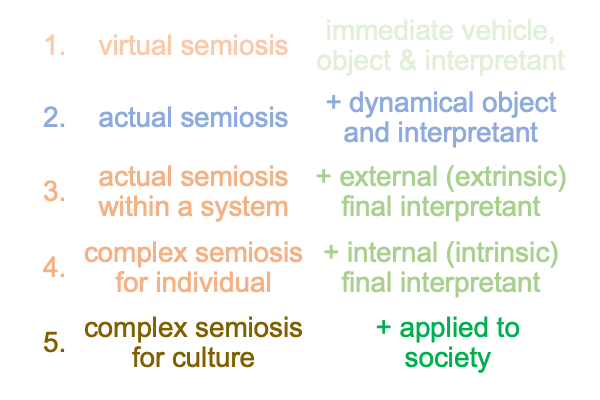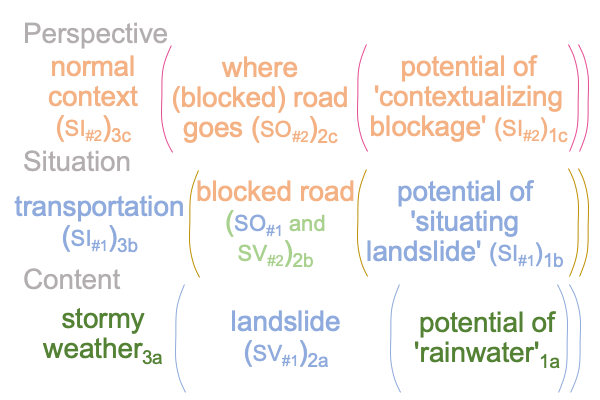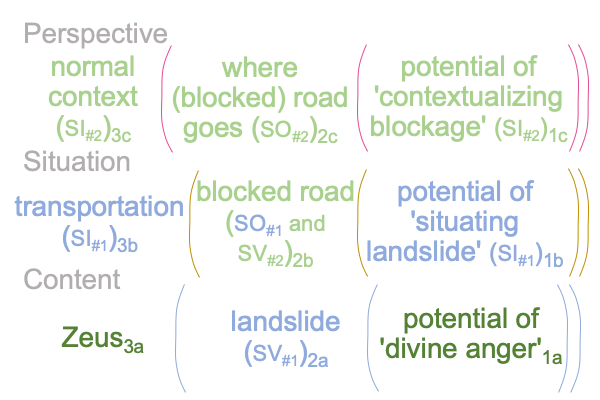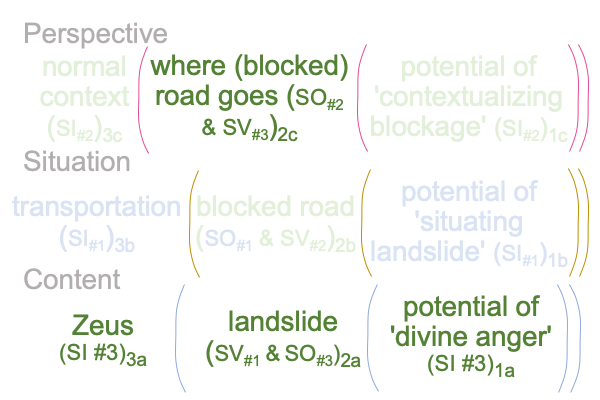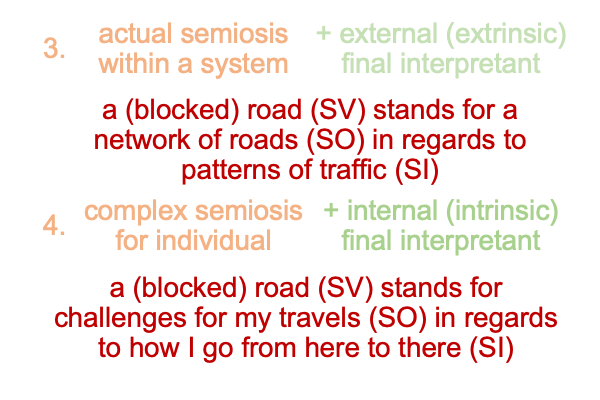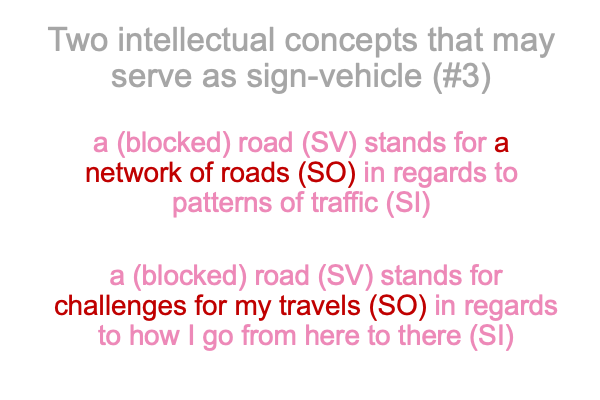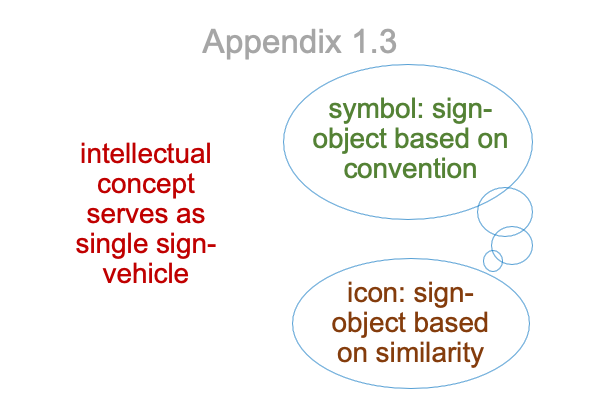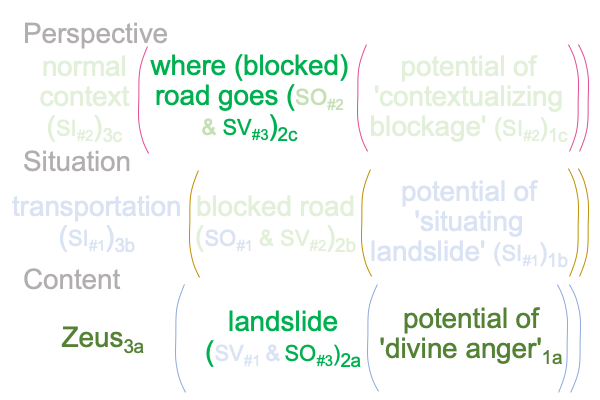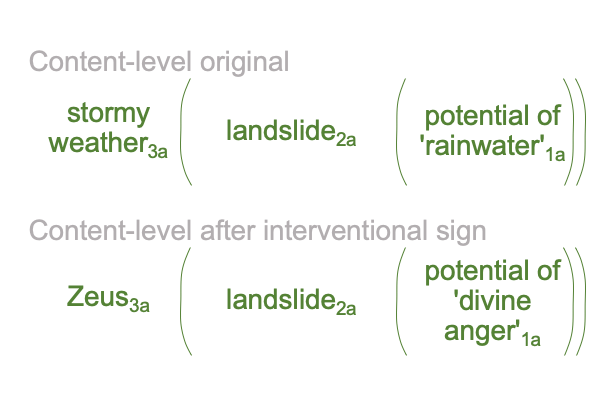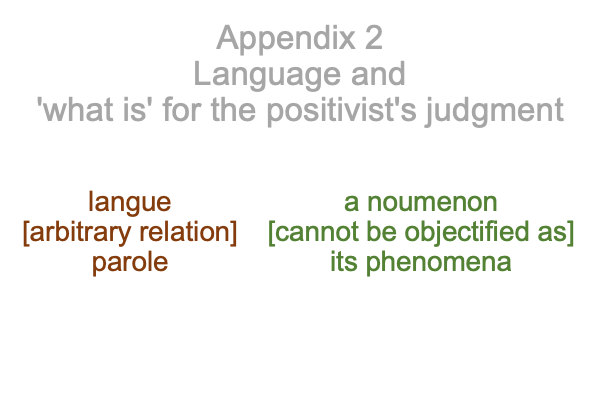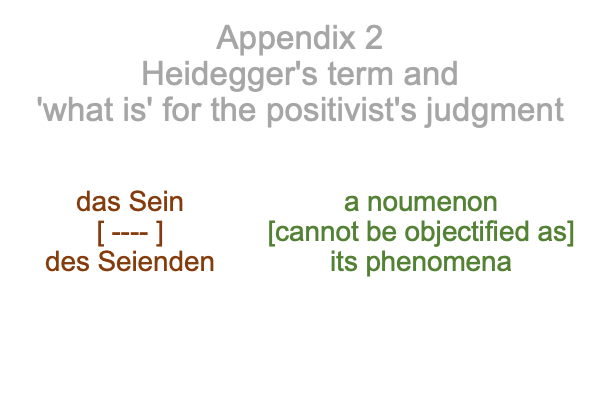Looking at Appendix 1.1 in Brian Kemple’s Book (2019) “The Intersection” (Part 5 of 18)
0068 So far, I have considered one diagonal in a table of presentative forms.
Here is a different diagonal.
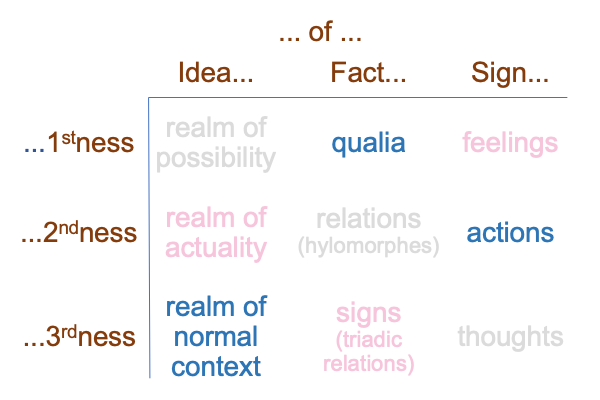
0069 I arrive at the following associations.
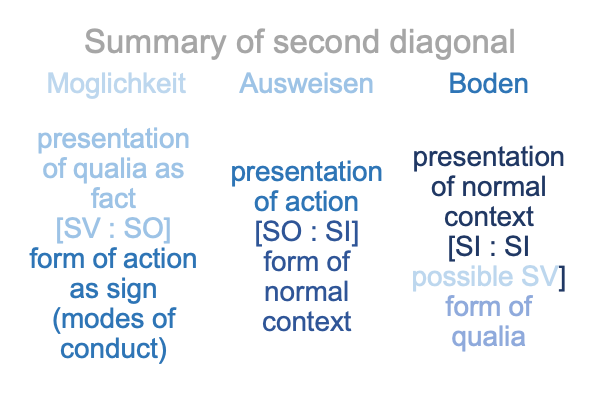
0070 These associations touch base with the following story about how Sam got a new job.
Sam recently graduated from IIT with a degree in accounting. He lost his job at a tax-assistance company because of the impact of inexpensive computer software programs designed for tax returns. He hears from one his professors that there may be a job at a small accounting software company on Halstead. So, he calls, and they tell him to come by. When? How about tomorrow at 11? Oh, by the way, could you e-mail us your resume?
The next day, Sam gets off the bus in front of a chicken-baking restaurant. Where is the company? Oh, there, on the second floor. How to get there? The only other door is in the back of the restaurant. Plus, there are outside stairs.
0071 Obviously, Sam has to enter the restaurant. They are broiling chicken for lunch. It smells just like grandma’s house (presentation of qualia as a fact). Gramma had a saying, “Don’t judge a book by its cover.” (form signifying mode of conduct). So, Sammy asks one of the cooks. The broiler points to the stairs halfway down the restaurant.
At the foot of the stairs, Sammy remembers what gramma counseled (presentation of an action or mode of conduct), and tells himself, “Remember why you are here.” (form as an idea of a normal context). Up the stairs he goes. He recounts to himself the parts of his resume having to do with understanding accounting programs. By the time he stands at the door, the only door, at the top of the stairs, Sam already asks his Grandma to be a guardian angel looking over him (presentation of a normal context). The chicken restaurant is the cover. The software company is the book (form is a fact of qualia).
0072 In terms of Peirce’s formulation of the sign-relation, the smell of chicken (sign-vehicle) stands for Sam’s grandmother (sign-object) in regards to Grandma advising Sam and her advice applying to the current situation (sign-interpretant).
In terms of Heidegger’s three features in the grounding of transcendence, Moglichkeit (possibility) is the presentation of the smell of broiling chicken substantiating the form of a slogan, “Don’t judge a book by its cover”, Ausweisen (pointing-out) is the presentation of asking for directions, going to and going up the stairs substantiating the formation of a normal context that literally manifests the slogan, and Boden (surroundedness) presents a manifestation of the slogan as the door at the top of the stairs.
0073 Both Peirce’s sign-relation and Heidegger’s three components grounding transcendence play into the table of presentative forms, each in a different manner. If Peirce’s and Heidegger’s approaches pertain to a single reality, then I may say that the single reality contains the nine presentative forms in the table.

